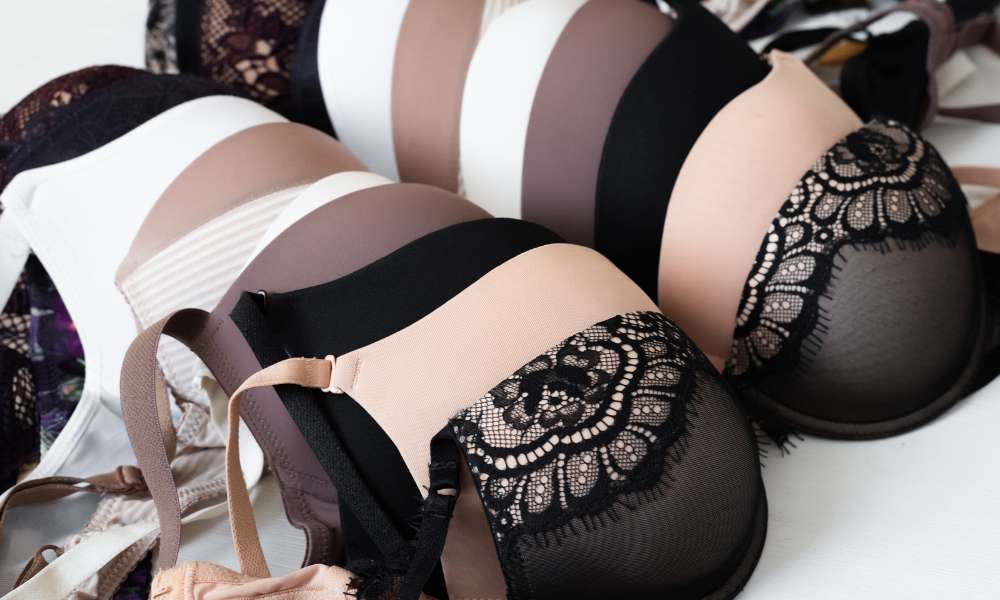Lace Bras: Styles, Fit, Care, and Choosing the Right Option
Lace bras combine decorative detail with functional support, and they appear in many wardrobes for everyday wear or special occasions. Understanding materials, fit, and care helps a woman choose lace bras that feel comfortable, last longer, and complement outfits. This article explains common styles, sizing tips, lingerie styling, and practical care for lace underwear.

Lace: Materials and design choices
Lace used in bras ranges from delicate, openwork patterns to sturdier embroidered or stretch lace blends. Natural fibers like cotton appear less often in lace but can increase breathability; most bra lace is synthetic (nylon, polyester, elastane) for durability and elasticity. Design elements—scalloped edges, floral motifs, mesh panels—affect how a bra looks under clothing and how it stretches on the body. For a smoother silhouette, opt for lace with denser patterns or lace over a lining. If sensitivity is a concern, choose styles with a soft lining or lace that has been brushed on the interior to reduce friction against the skin.
Bras: Fit, support, and construction
A well-fitting lace bra balances aesthetics and support. Key fit points are band snugness, cup coverage, strap comfort, and center gore alignment. Many lace bras are constructed with underwires or partial linings to offer shape; unlined lace bras tend to be lighter and more flexible but may provide less structure. Consider full-cup styles for higher coverage or balconette and demi-cup styles for lower-cut tops. Adjustable straps and multiple hook rows on the band allow fine-tuning. If a woman experiences shifting straps or band ride-up, the size or style might not be suitable—getting measured or trying different brands can clarify the best fit.
Lingerie: Styling for occasions and outfits
Lace lingerie spans from subtle everyday pieces to more decorative sets for special occasions. For tight or thin fabrics, choose lace bras with smooth linings or seamless edges to minimize visible texture. Sheer lace can be layered under open-knit tops or paired with camisoles for a deliberate, styled look. Matching lace underwear and bralettes create coordinated sets, while mixing lace with plain pieces keeps the ensemble more understated. Fabric color matters: nude or skin-toned lace tends to disappear under clothing, while darker or brightly colored lace reads as a fashion choice and may show through lighter garments.
Woman: Sizing variations and personalized comfort
Sizing practices differ between brands and regions, so a woman often benefits from trying multiple sizes and styles. Band measurement and cup volume work together; a change in band size usually requires adjusting cup size proportionally. Some brands offer extended cup ranges or varied band widths to better suit different body shapes. Comfort also depends on activity levels—wire-free lace bras or bralettes may be preferable for lounging, while reinforced lace with wider bands suits more active days. Pay attention to how the bra feels after a few hours; irritation, digging, or lack of support indicate a need for a different cut, size, or fabric.
Underwear: Care, washing, and longevity
Lace underwear requires gentle care to extend lifespan. Hand washing in cool water with mild detergent is ideal; if using a machine, place lace bras inside a mesh lingerie bag and select a delicate cycle. Fasten hooks to prevent snagging and reshape cups while damp. Avoid high heat from dryers—air drying maintains elasticity and prevents fabric breakdown. Rotate several bras throughout the week to reduce wear on any single piece. Repair small snags or loose threads early to prevent larger damage. With consistent gentle care, lace bras retain shape and appearance longer than with rough handling.
Conclusion
Lace bras offer a range of options for style and function when material, fit, and care are considered together. Knowing how lace types affect comfort, how cuts and construction influence support, and simple care practices can help a woman select and maintain lace lingerie that suits her needs and wardrobe. Thoughtful sizing and gentle maintenance are key to preserving both fit and appearance over time.






